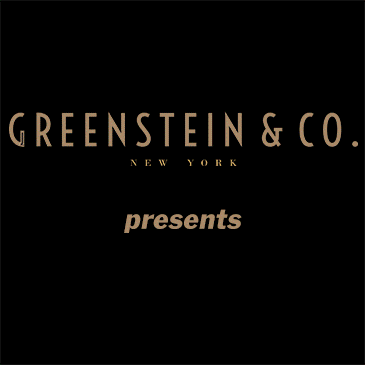Rabbi Dovid Raskin watches Tibor Cooperstein in his factory, circa 1973. Chabad.org/Lubavitch Archives
It may not be quite as ubiquitous as holiday trees stands on the city’s sidewalks, but the sight of tin menorahs is certainly familiar to anyone who has lived here long enough – or, for that matter, anywhere else where outreach workers of the Chabad-Lubavitch movement can be found.
The History of the Tin Menorahs – Outreach to Promote Faith
It may not be quite as ubiquitous as holiday trees stands on the city’s sidewalks, but the sight of tin menorahs is certainly familiar to anyone who has lived here long enough – or, for that matter, anywhere else where outreach workers of the Chabad-Lubavitch movement can be found.
Chabad focuses on persuading Jews to perform more mitzvahs – the menorah lighting campaign that stretches back to 1973, when the Rebbe Menachem Mendel Schneerson, the leader of the Chabad-Lubavitch movement, decided to pass out some 60,000 menorahs that were made in a matter of days.
The rebbe’s representatives found Tibor Kuferstein, who owned a metal factory in Gowanus, Brooklyn, that produced supplies for military contracts. Mr. Kuferstein was tasked with coming up with something inexpensive, light and easy to distribute.
“They asked me if I understood what to do, and I said, ‘Yes, I would take a piece of this, and a piece of that, and make something very good for them’,” Mr. Kuferstein, a émigré from Budapest who is 82 and lives in Flatbush. “The first one I made was too sharp, so made it softer.”
Mr. Kuferstein said that while he was not a member of Chabad, he is very religious and found biblical significance in the fact his factory produced materials for both war and religious purposes.
“The Bible says there is going to be a day when the guns will be made into plowshares, and I thought this was my chance,” he said. “They told me they were going to give it out for free, and I thought this was a very good idea.”
Mr. Kuferstein wasn’t sure how many menorahs he had produced over the years, though he was certain it was in the hundreds of thousands by the time he retired in 1989.
That was just around the same time when Chabad began importing them from China, where they cost just a few cents to make. (They sell at retail stores for about $2, depending on the source.)
Today, roughly 350,000 are distributed around the world, in Russian, Hebrew, French, Spanish and English, said Rabbi Motti Seligson, a spokesman for Chabad.org. Each includes a package of candles and instructions for the blessings.















your bigest fan
yay motti! You made it to the paper again! Just wondering since when do menorahs speak any language???? No wonder the NYT is going down the tubes…
nyt a riot
ye, lol, talking menorahs!
chayale
Hey thats my zaidy. Hes the man!!!!!
Reb Chaim
Rabbi Raskin put lots of work into lubavitch she should have a Big refuah so that he can continue the amazing work.
yotun
they dont talk stupid, they are distributed through people speaking in many languages…
A student
Reb Dovid Raskin is a true chossid of the Rebbe!!!! He should have a big refuah and be able to continue the amazing work!!!!!!
ybf + nar
read it again… Doesnt say anything about talking menorahs just instructions
Rc
So if they cost so little, why do those kids that spend their own money to go on a mitzvah tank, have to purchase the menorahs at retail price??????? Or for any material for mivtzayim?
Devonia
If rabbi Raskin is was behind this project all these years , it would have been nice to mention his organization mr Motti. Thank you rabbi Raskin and thank you tzach.
BUSINESS SAVVY
wow!!!
COST PRICE IS .02
PLUS SHIPPING
LETS SAY ITS ALSO .02
.02 = .02 = .04
YOU SELL IT FOR 2.00
do the math!! what a lucrative business!
IS THIS WHAT THE REBBE EXPECTED OF US??????????
Jay
Reb Dovid zall zein gezunit!!!!!!! We need more people like Reb Dovid amen!!!